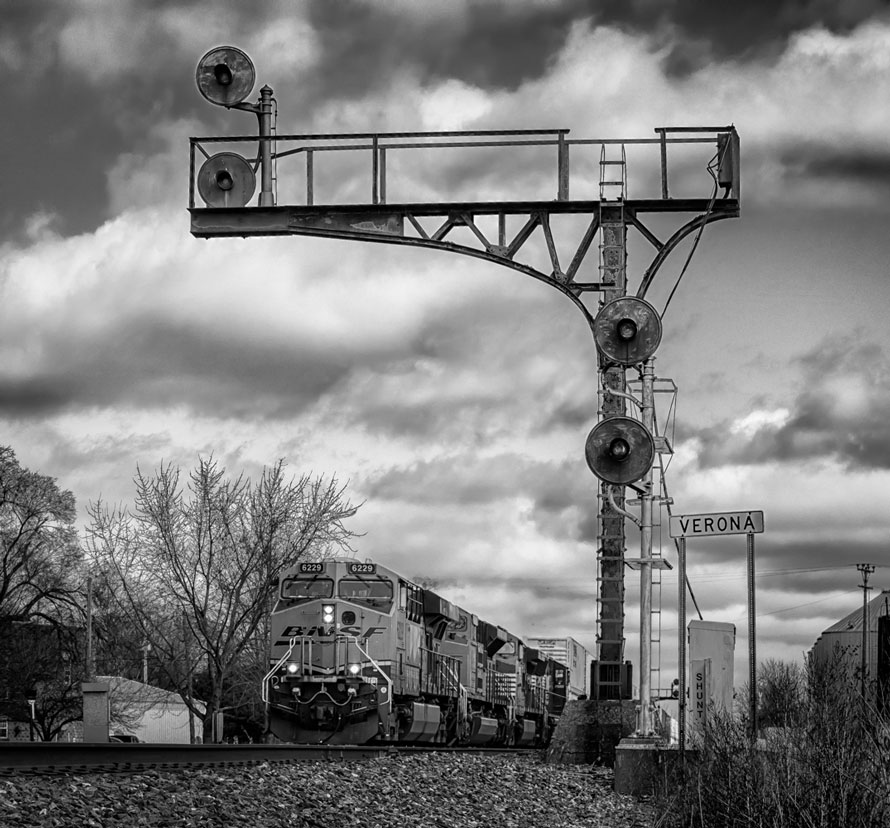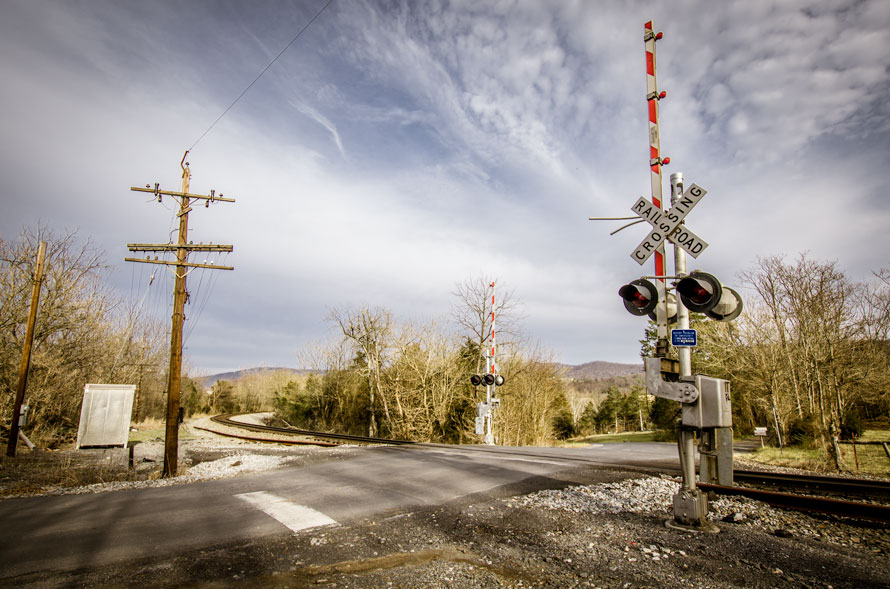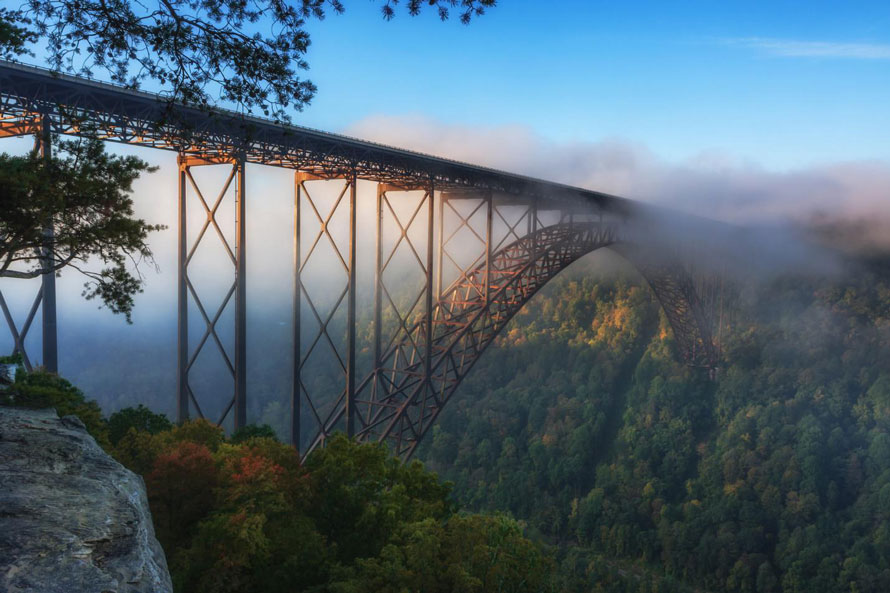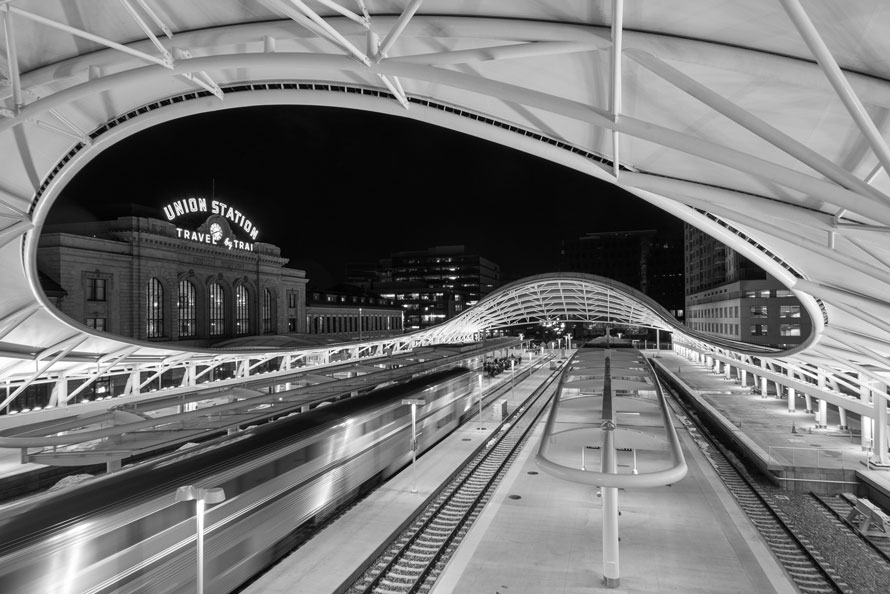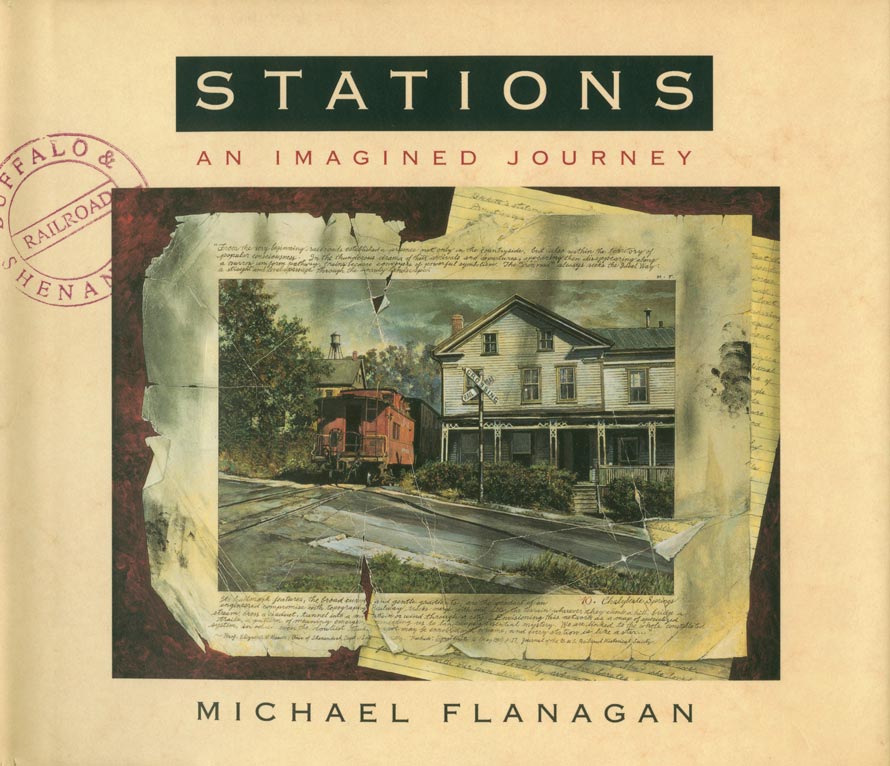The Great Falls & Canada Railway
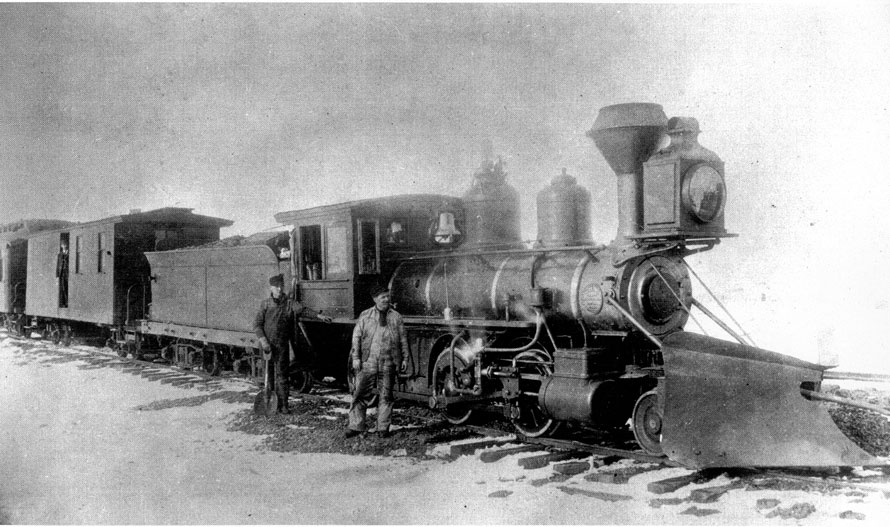
In time, the Lethbridge (Alberta district, Northwest Territories) coal mines would feed all the Canadian Pacific Railway (CPR) steam locomotives in western Canada, as well as the stoves of its stations and many settler prairie homes. The slogan “Galt Coal Burns All Night” was emblazoned on signage wherever it was sold; lumber yards, grain elevators, and farm cooperatives. By 1890, the North-West Coal & Navigation Company (NWC&NC) averaged 90,000 tons delivered per year to Dunmore, and the CPR wanted more. Northwest Mounted Police Superintendent Deane reported the Galt mines could produce more than 1,000 tons per day – with the possibilities for more in sight.
